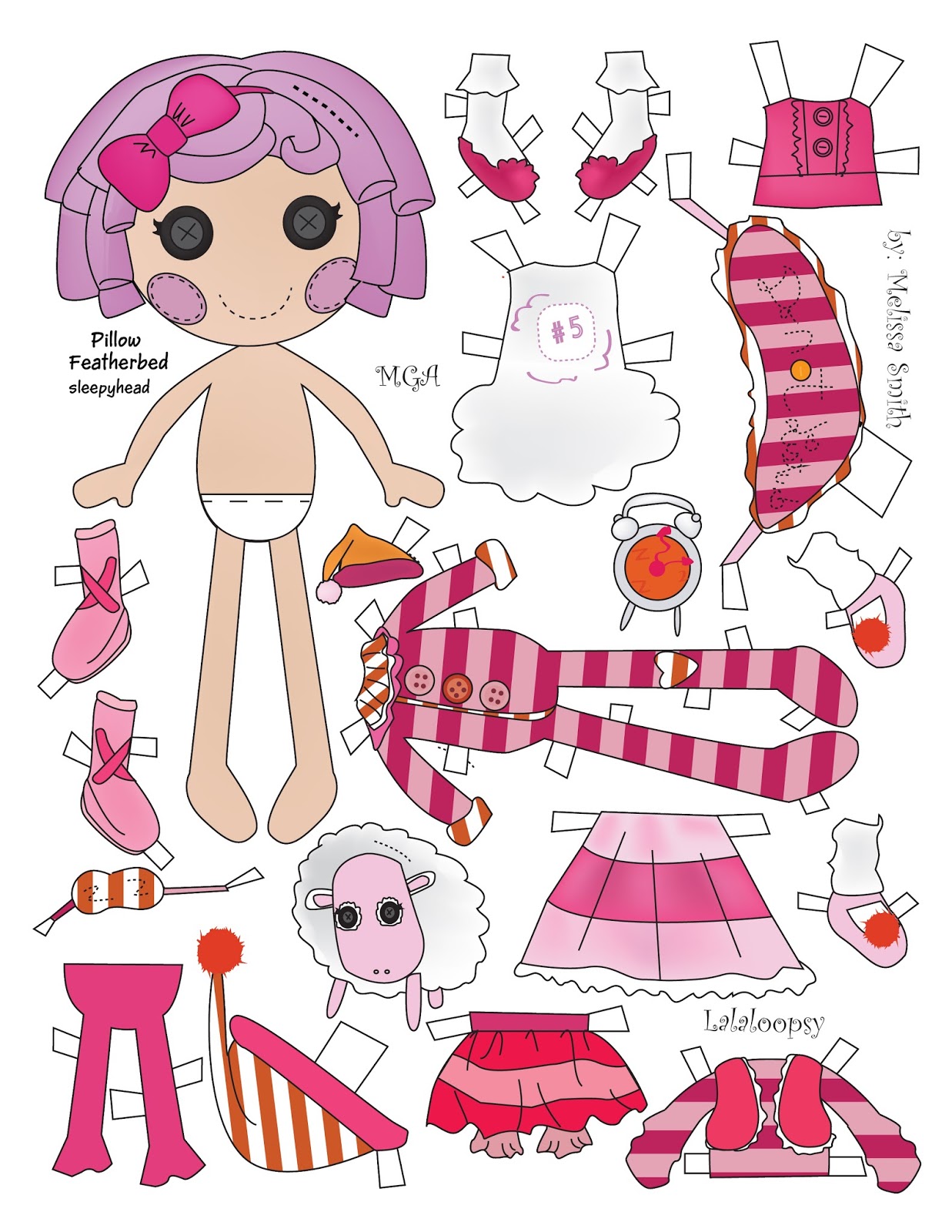Paper dolls have enchanted generations, sparking creativity and imagination among children and adults alike. These delightful creations serve as a nostalgic reminder of simpler times, where play was limited only by the imagination. Whether crafted from intricate designs or simple outlines, paper dolls invite us into a world of storytelling and artistry that transcends age and culture.
As we delve into the fascinating realm of paper dolls, we uncover their rich history and cultural significance. From their origins in the 18th century to their modern resurgence in digital formats, paper dolls have continually evolved, reflecting societal changes and artistic trends. Today, they stand as a testament to the enduring appeal of creative play, offering a unique blend of art, craft, and narrative.
In this article, we will explore the enchanting world of paper dolls, examining their historical context, their role in childhood play, and the resurgence of this art form in contemporary culture. We will also discuss how to create your own paper dolls, the various styles available, and their impact on creativity and storytelling. Join us as we unfold the layers of paper dolls, celebrating a timeless pastime that continues to inspire.
What Are Paper Dolls?
At their core, paper dolls are flat representations of human figures, typically made from paper or card stock, with accompanying outfits that can be cut out and dressed on the dolls. They can be simple designs or intricately detailed, showcasing a range of styles from historical fashion to modern trends. The beauty of paper dolls lies in their versatility; they can be used for imaginative play, educational purposes, or as a form of artistic expression.
How Did Paper Dolls Originate?
The history of paper dolls dates back to the 18th century when they were first produced in Europe, primarily as toys for children. Early paper dolls were often made from woodcuts or engravings and depicted fashionable figures of the time. As printing technology advanced, the production of paper dolls became more widespread, leading to the creation of various themes, including historical figures, royalty, and fictional characters. Their popularity soared in the Victorian era, where they became a staple in children's playrooms.
What Cultural Significance Do Paper Dolls Hold?
Paper dolls have served as cultural artifacts, reflecting societal norms and fashion trends throughout history. They offer insight into the clothing, hairstyles, and lifestyles of different eras, making them valuable tools for educators and historians. Moreover, paper dolls have been used to convey messages about identity, gender roles, and social issues, allowing for exploration and discussion through play.
Who Are Some Notable Paper Doll Artists?
Throughout history, numerous artists and illustrators have contributed to the world of paper dolls, blending art with play. Some notable names include:
- Marjorie G. L. C.: A pioneer in the paper doll industry, known for her intricate designs and attention to detail.
- Barbara McClintock: An award-winning author and illustrator whose paper dolls have gained acclaim for their artistic style.
- Tom Tierney: Renowned for his historical paper dolls, capturing the essence of various eras through fashion.
How Can You Create Your Own Paper Dolls?
Creating paper dolls can be a delightful and rewarding experience. Here’s a simple guide to get you started:
- Gather Materials: You will need paper, scissors, coloring tools (like markers or colored pencils), and a printer (optional).
- Design Your Doll: Draw or print a template for your doll. Think about the features you want to include, such as hair, clothing, and accessories.
- Color and Cut: Once your design is complete, color it in and carefully cut out the doll and outfits.
- Make it Unique: Personalize your doll by adding unique traits or themes that resonate with you.
What Styles of Paper Dolls Are Available?
Paper dolls come in a variety of styles to suit different tastes and preferences. Some popular styles include:
- Fashion Paper Dolls: Focused on clothing and accessories, these dolls often feature outfits from various eras or styles.
- Character Paper Dolls: Based on popular fictional characters from movies, books, or television shows.
- Customizable Paper Dolls: Allowing users to mix and match outfits and features, encouraging creativity.
- Historical Paper Dolls: Showcase fashion from specific historical periods, often used for educational purposes.
Why Are Paper Dolls Important for Creativity?
Engaging with paper dolls fosters creativity in several ways:
- Imaginative Play: Children can create stories and scenarios, enhancing their storytelling abilities.
- Artistic Expression: Designing and coloring paper dolls allows for artistic exploration and development.
- Fine Motor Skills: Cutting and dressing paper dolls improve hand-eye coordination and dexterity.
What Modern Trends Are Emerging in Paper Dolls?
The digital age has ushered in new possibilities for paper dolls, with many artists creating downloadable templates for online use. This modern twist allows for instant access to a wide variety of designs and themes, catering to a global audience. Additionally, social media platforms have become venues for sharing creations, connecting enthusiasts, and even hosting virtual paper doll contests. The resurgence of interest in paper dolls is a testament to their timeless appeal, proving that creativity knows no bounds.
Conclusion: The Enduring Allure of Paper Dolls
Paper dolls continue to capture hearts and inspire creativity across generations. Their unique blend of art, storytelling, and imaginative play makes them a cherished pastime for many. As we navigate the complexities of modern life, the simple joy of paper dolls reminds us of the power of creativity and the importance of play. Whether you're revisiting childhood memories or discovering the world of paper dolls for the first time, there's no denying the magical charm they hold.




